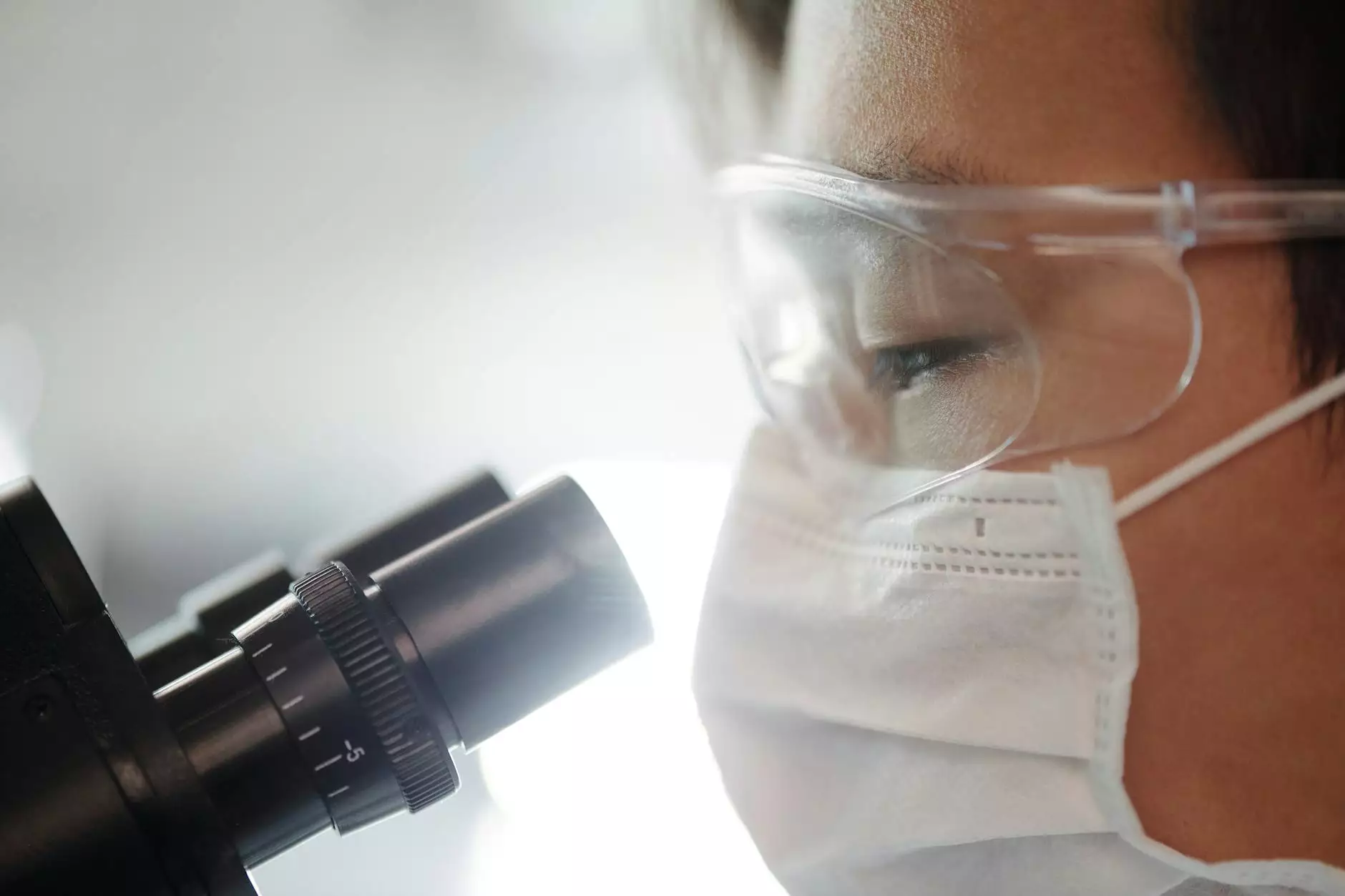Blood Clot Behind Knee Symptoms: Everything You Need to Know

Recognizing the blood clot behind knee symptoms is crucial for anyone who may be at risk. A blood clot, also known as deep vein thrombosis (DVT), can pose serious health risks, including the potential for pulmonary embolism, where a clot travels to the lungs. In this article, we will explore common symptoms, causes, risk factors, and what to do if you suspect a blood clot.
What is a Blood Clot Behind the Knee?
A blood clot behind the knee typically forms in the deep veins of the leg. This condition is medically referred to as deep vein thrombosis (DVT). DVT can occur due to various factors including immobility, certain medical conditions, or lifestyle choices that hinder proper blood flow. Understanding the underlying mechanisms is vital for prevention and treatment.
Symptoms of a Blood Clot Behind the Knee
Recognizing the Signs
The symptoms of blood clots can vary, and not everyone will exhibit the same signs. However, being aware of the usual manifestations can aid in early detection:
- Swelling: One of the most common symptoms of a blood clot is swelling in the affected leg, particularly behind the knee.
- Pain or Tenderness: This may feel like cramping or soreness, often starting in the calf and radiating up the leg.
- Red or Discolored Skin: The skin around the affected area may appear red or have a bluish tint.
- Warmth: The skin near the clot may feel warm to the touch compared to other areas of the leg.
- Leg Fatigue: Experiencing fatigue or heaviness in the leg can occur when a clot is present.
When to Seek Medical Help
If you notice any combination of these symptoms, especially swelling accompanied by pain, it is imperative to seek medical attention promptly. Early diagnosis is key to effective treatment.
Causes of Blood Clots Behind the Knee
Understanding the causes of blood clots can help individuals identify their risk factors. Here are some common reasons why blood clots may form:
- Immobility: Prolonged periods of sitting, especially during long flights or car rides, can lead to clots due to reduced blood flow.
- Medical Conditions: Certain conditions, such as cancer, can increase the likelihood of clot formation.
- Hormonal Factors: Birth control pills, hormone replacement therapy, or pregnancy can alter blood clotting mechanisms.
- Injury: Damage to a blood vessel, whether from surgery or trauma, can trigger clotting.
- Genetic Predispositions: Some individuals may inherit conditions that make their blood more prone to clotting.
Risk Factors for Developing Blood Clots
Recognizing who is at risk for developing blood clots can help in prevention efforts. Key risk factors include:
- Age: Individuals over 60 are at a higher risk.
- Obesity: Excess weight can increase pressure on veins.
- Smoking: Tobacco use is linked to various vascular problems.
- Previous History of Clots: Those who have had a DVT or pulmonary embolism are at greater risk for recurrence.
- Certain Medications: Medications that affect blood clotting can elevate risk.
Diagnosing a Blood Clot Behind the Knee
Getting an accurate diagnosis is crucial for effective treatment. Here’s how healthcare professionals diagnose blood clots:
- Physical Examination: A doctor will evaluate symptoms and perform a physical exam, noting any swelling or tenderness.
- D-dimer Test: This blood test measures levels of D-dimer, a substance released when a blood clot breaks up.
- Ultrasound: This imaging test uses sound waves to create a picture of the blood flow in the legs, helping to identify clots.
- MRI or CT Scans: In some cases, imaging tests may be conducted to get more detailed views of veins.
Treatment Options for Blood Clots Behind the Knee
Once a blood clot is diagnosed, treatment options vary depending on severity and underlying risks. The primary treatments include:
- Anticoagulants: Commonly known as blood thinners, these medications help prevent new clots and stop existing ones from growing.
- Thrombolytics: In severe cases, thrombolytic therapy can dissolve clots rapidly.
- Compression Stockings: Wearing these can help reduce swelling and promote blood flow.
- Inferior Vena Cava (IVC) Filters: For patients who cannot take anticoagulants, IVC filters might be used to prevent clots from reaching the lungs.
- Lifestyle Changes: Increasing physical activity, maintaining a healthy weight, and quitting smoking can reduce the risk of future clots.
Preventing Blood Clots Behind the Knee
Preventing blood clots is key, especially if you have risk factors. Here are effective strategies to keep in mind:
- Stay Active: Regular physical activity can improve circulation and reduce venous stasis.
- Hydrate: Proper hydration is essential for maintaining healthy blood flow.
- Avoid Prolonged Immobility: If you must sit for long periods, take breaks to stretch or walk around.
- Wear Compression Stockings: These can enhance blood flow in the legs and lower the risk of clots.
- Monitor High-Risk Situations: If you are flying or traveling long distances, take precautionary measures.
Conclusion: The Importance of Awareness
Understanding blood clot behind knee symptoms, causes, and treatments is vital for personal health and the health of loved ones. Early detection can make a substantial difference in outcomes and healthcare interventions. If you suspect you might have a blood clot or are at risk, do not hesitate to contact a healthcare professional for further evaluation.
Staying informed and proactive about your vascular health will empower you to take charge of your well-being. Remember, awareness is the first step towards prevention and effective management of blood clots.









